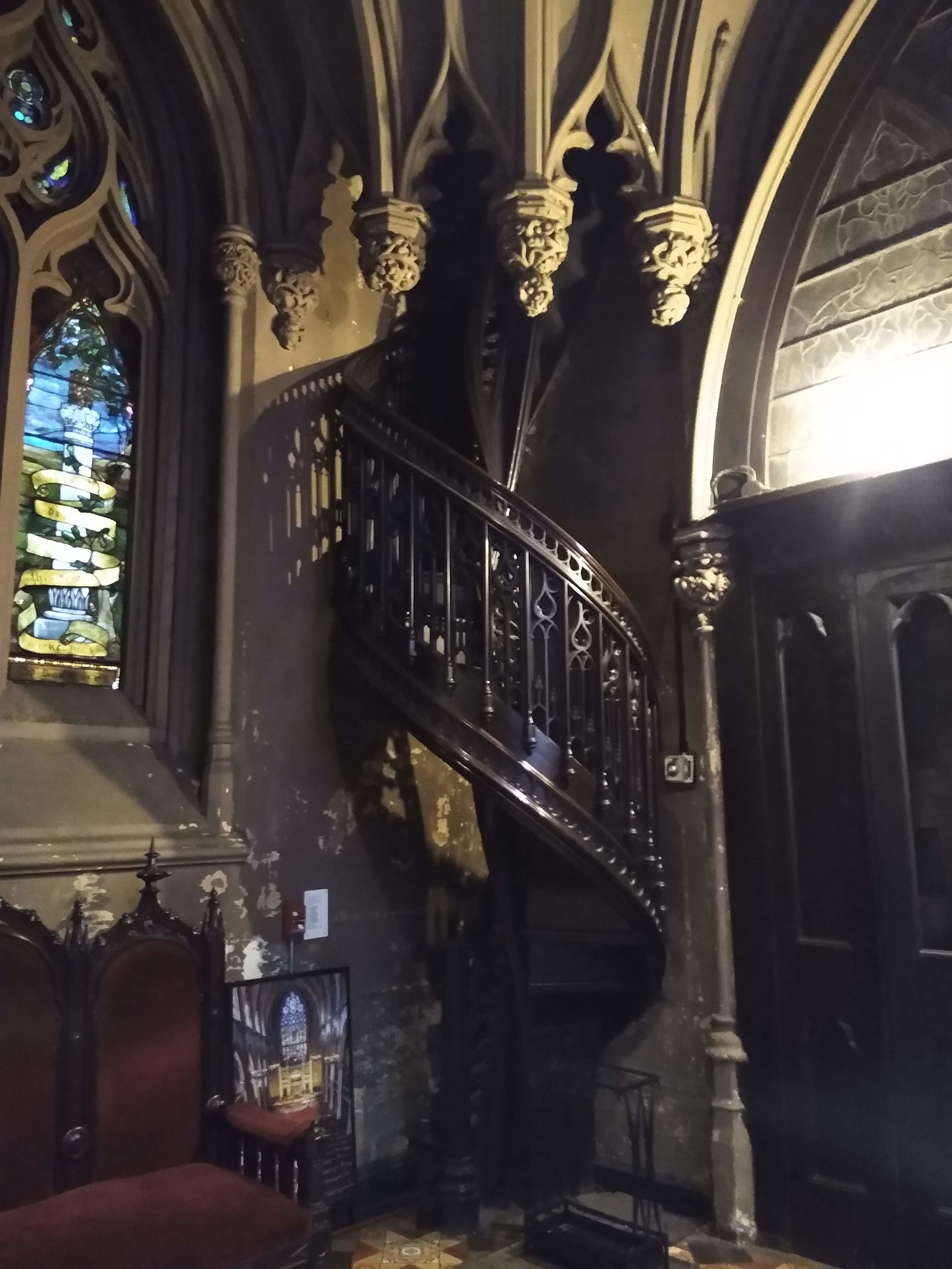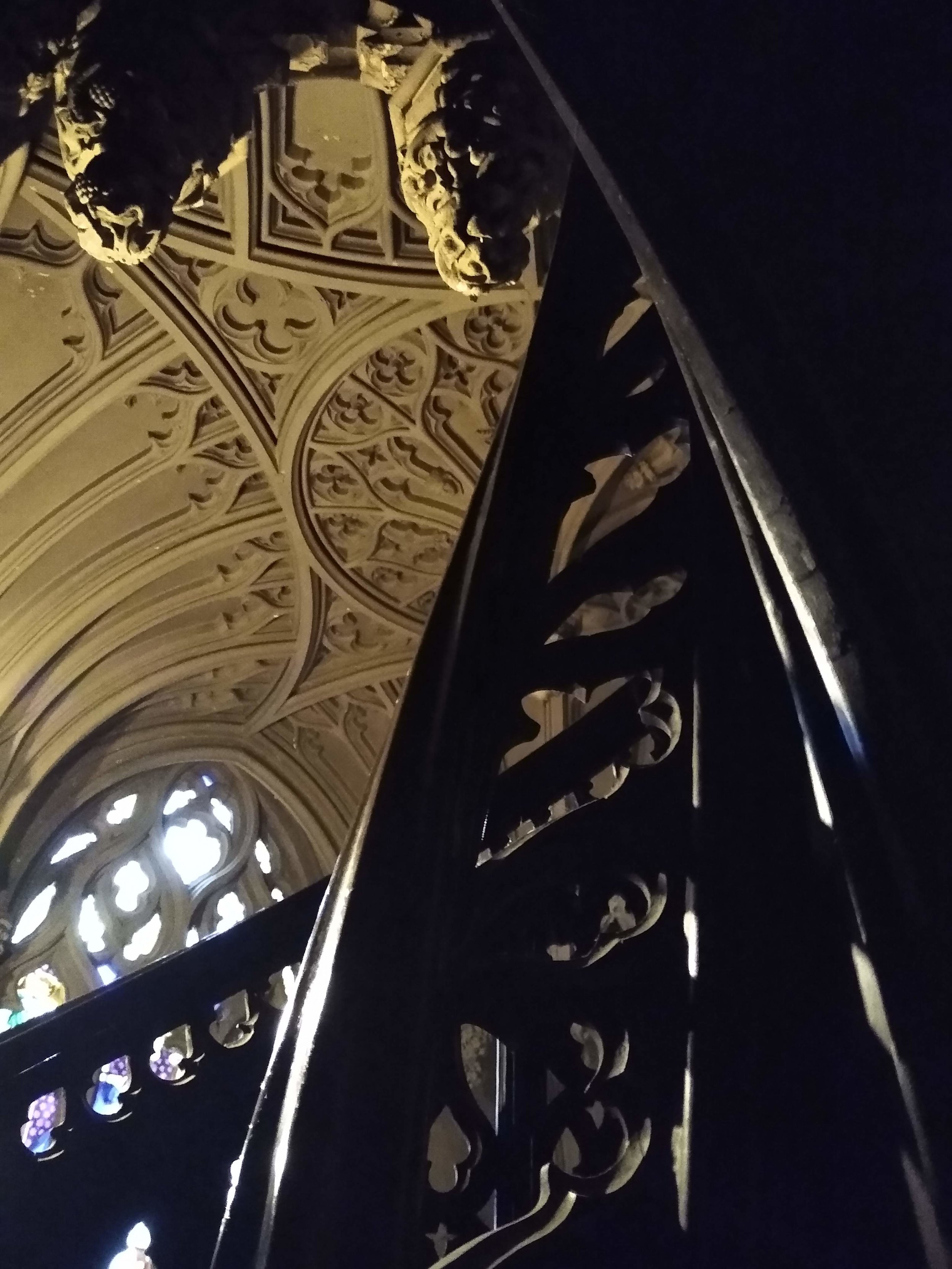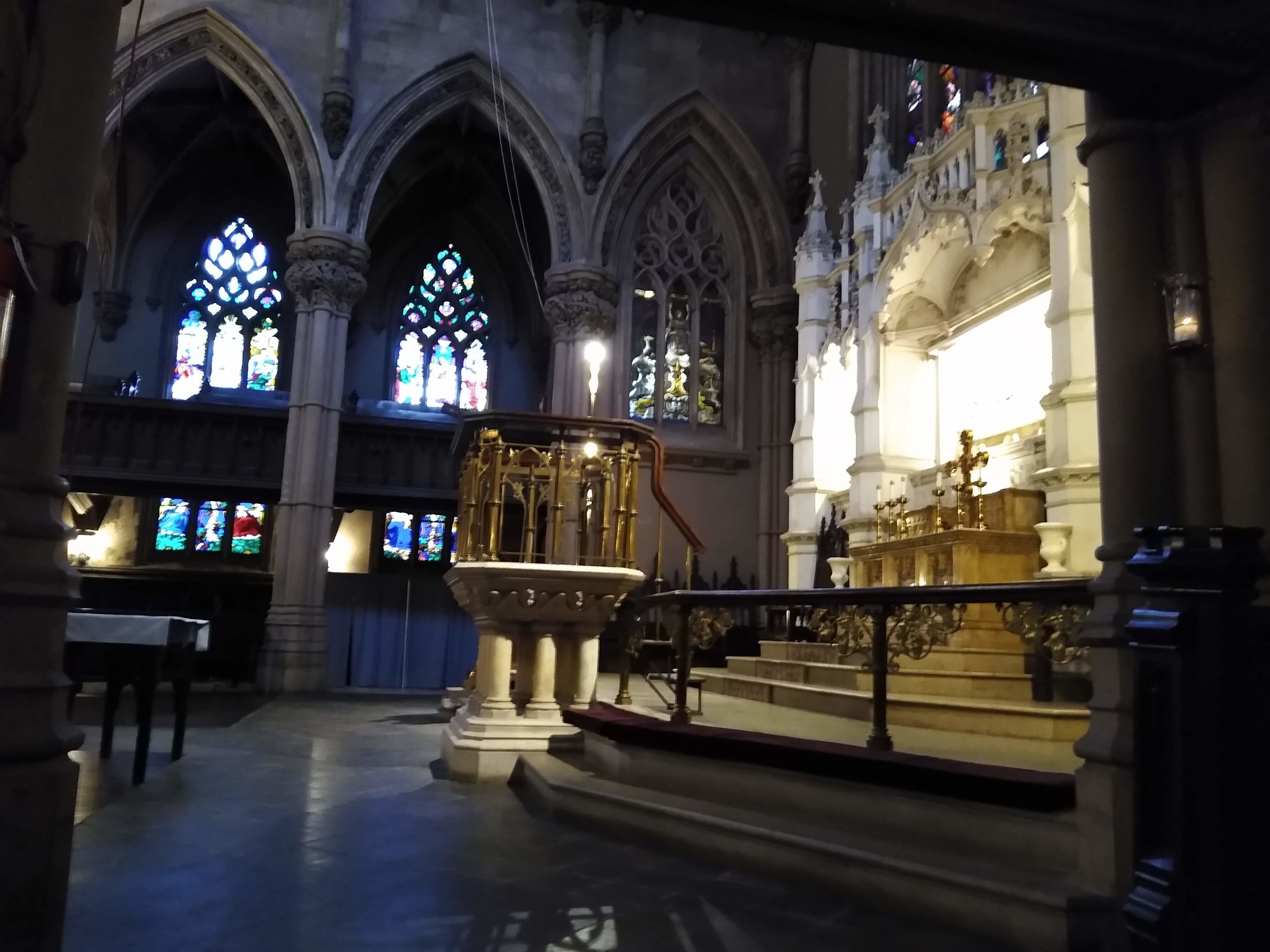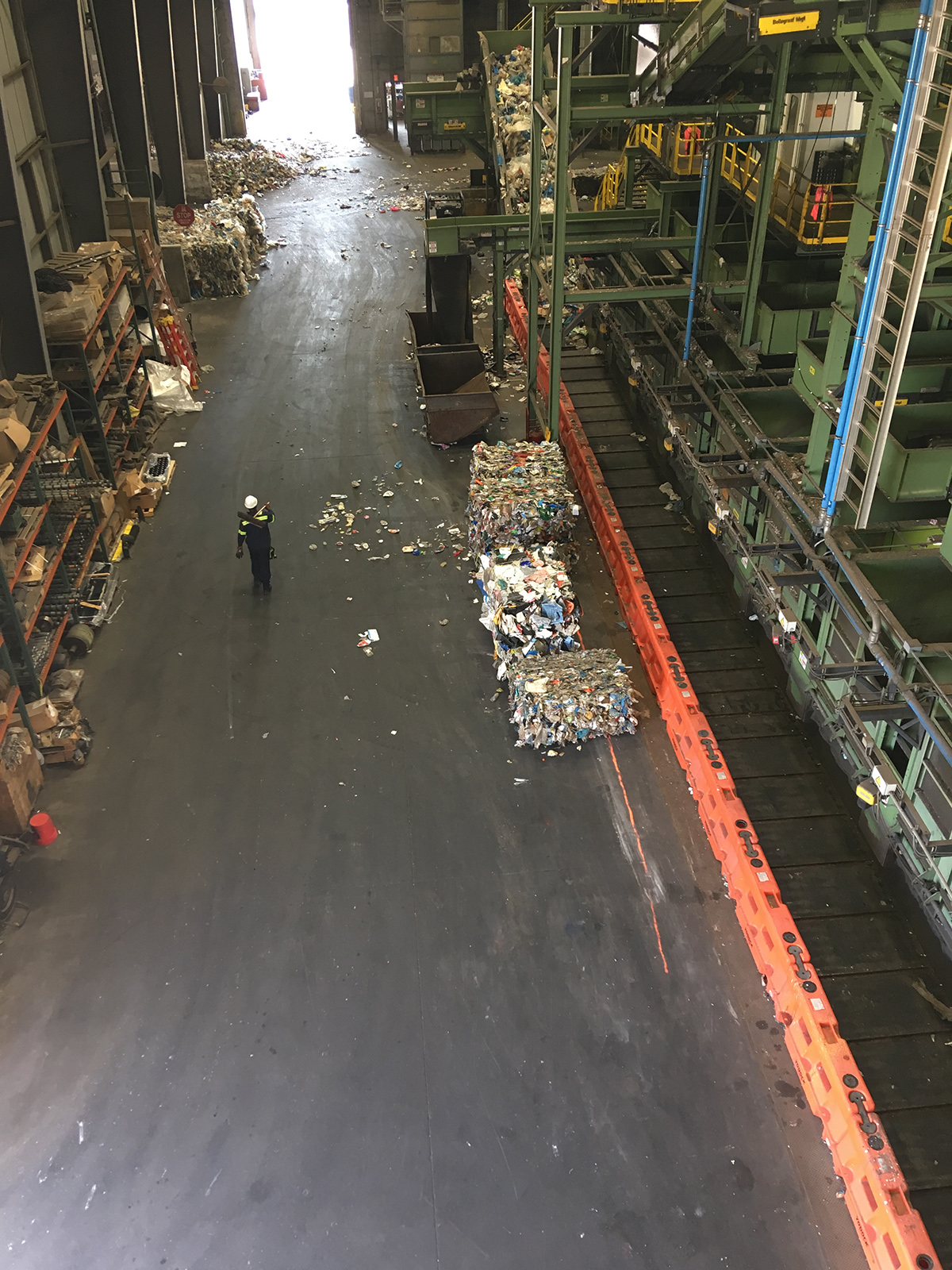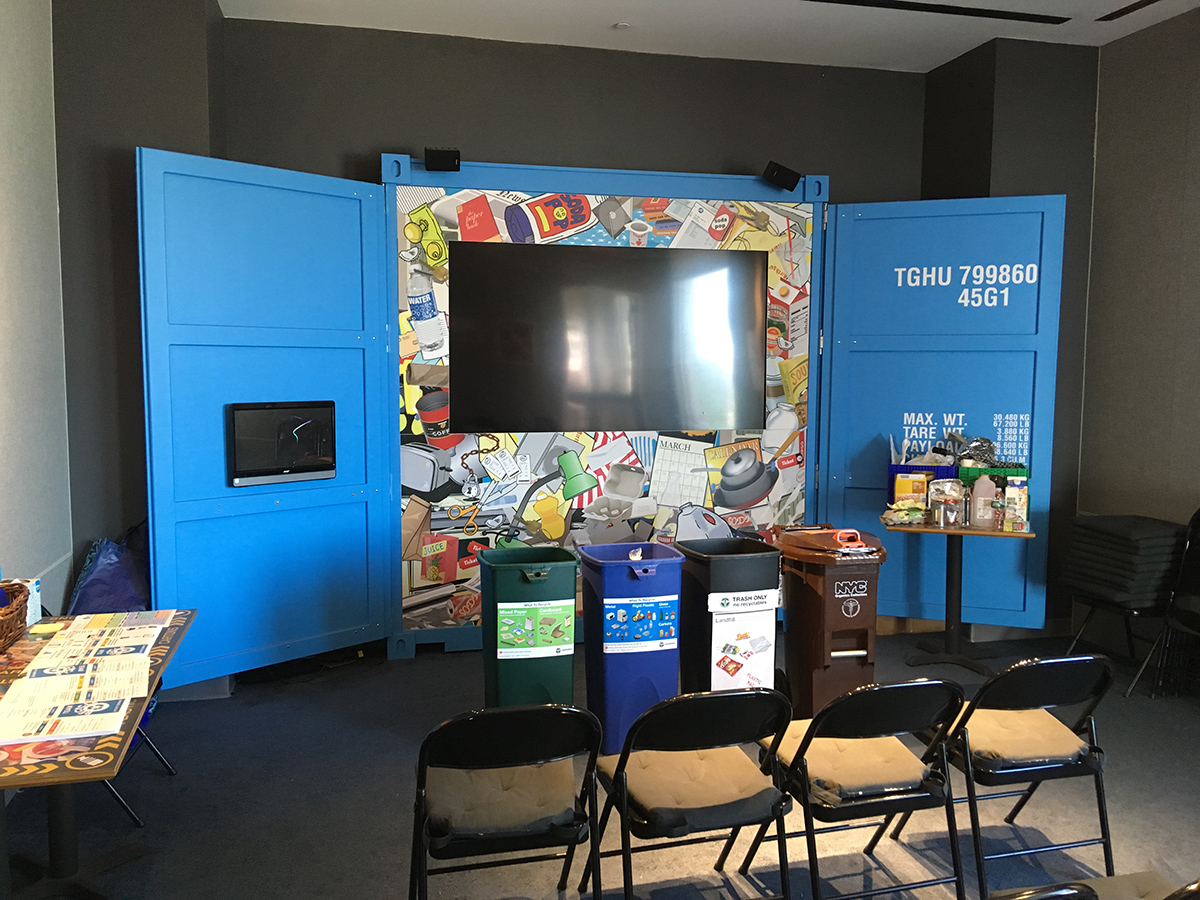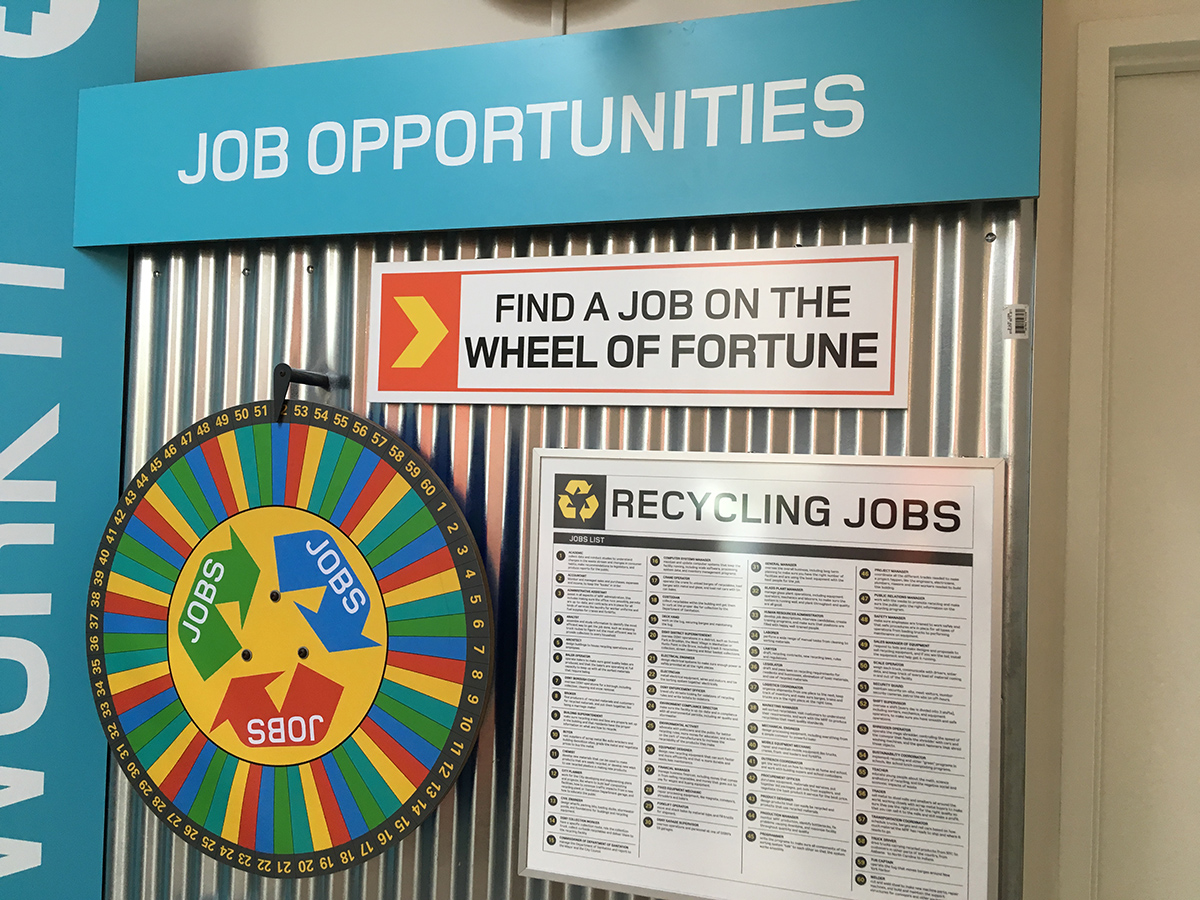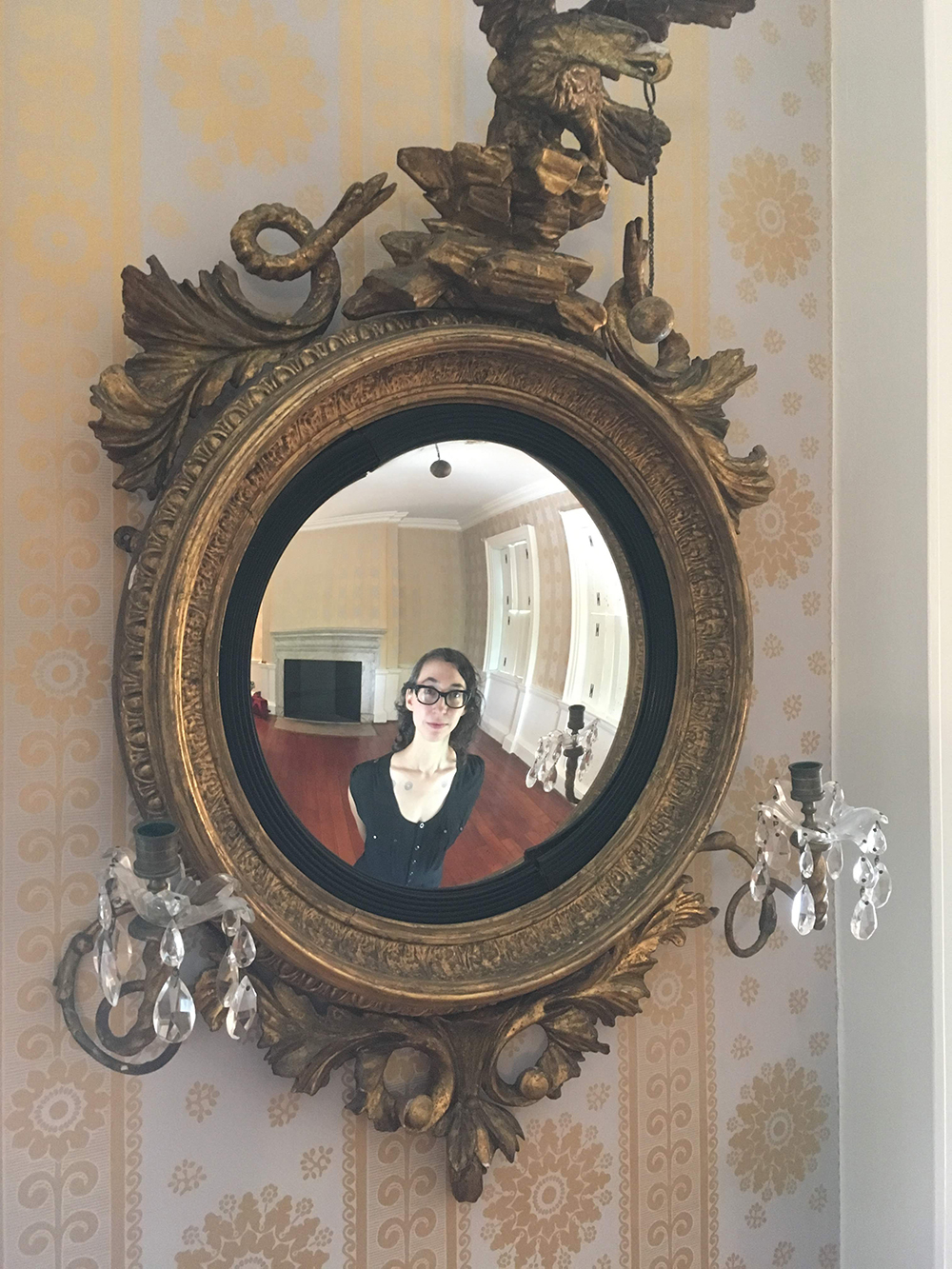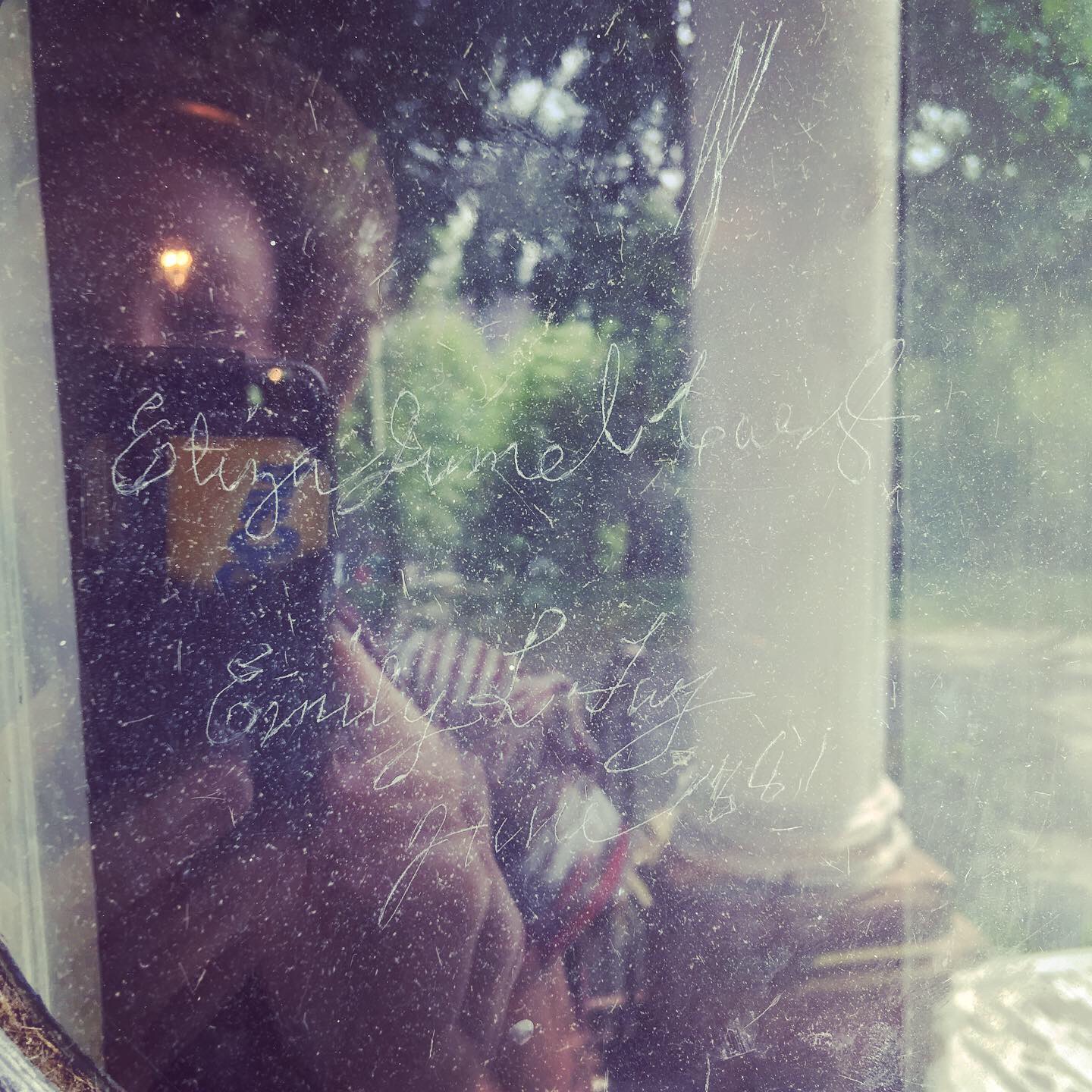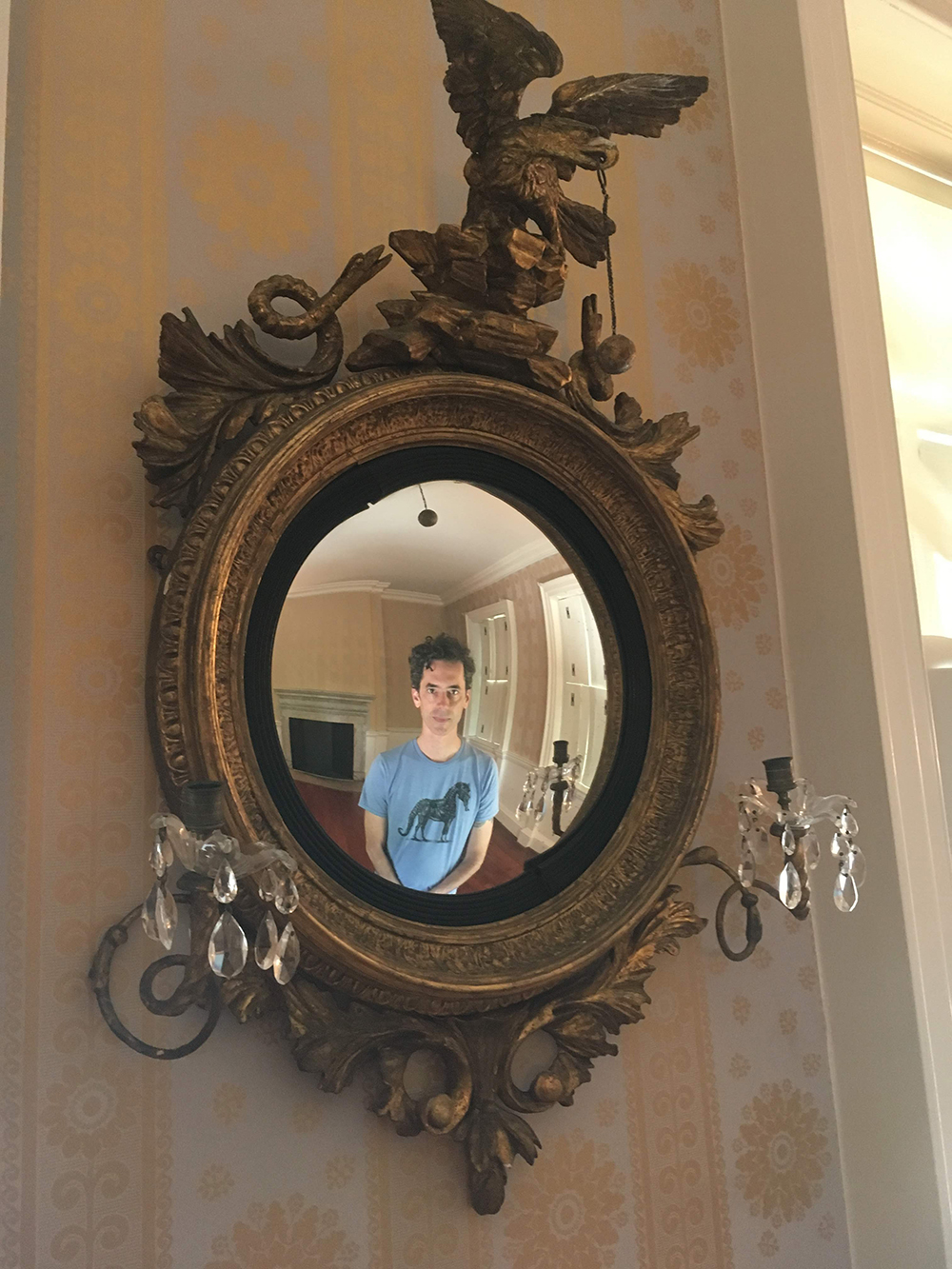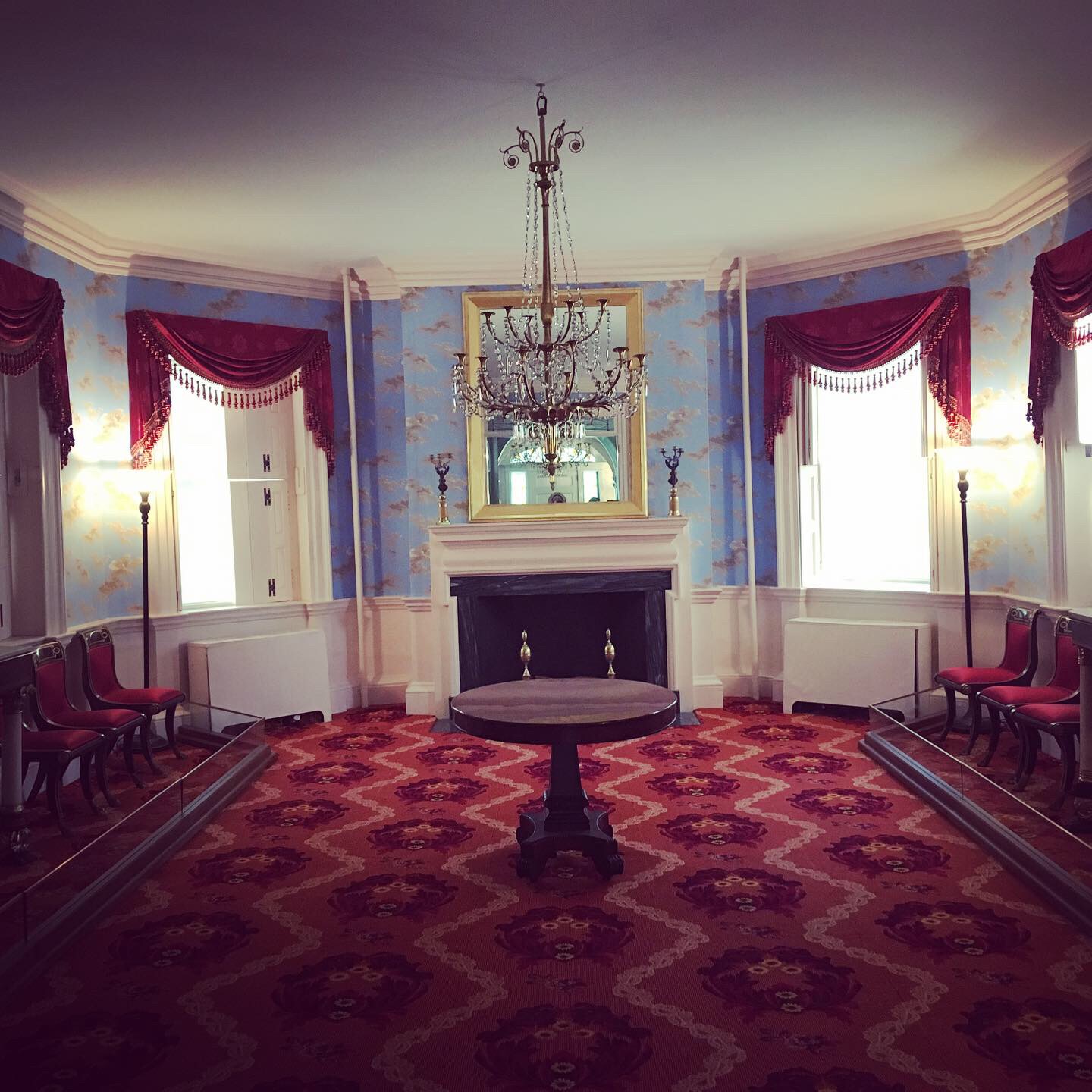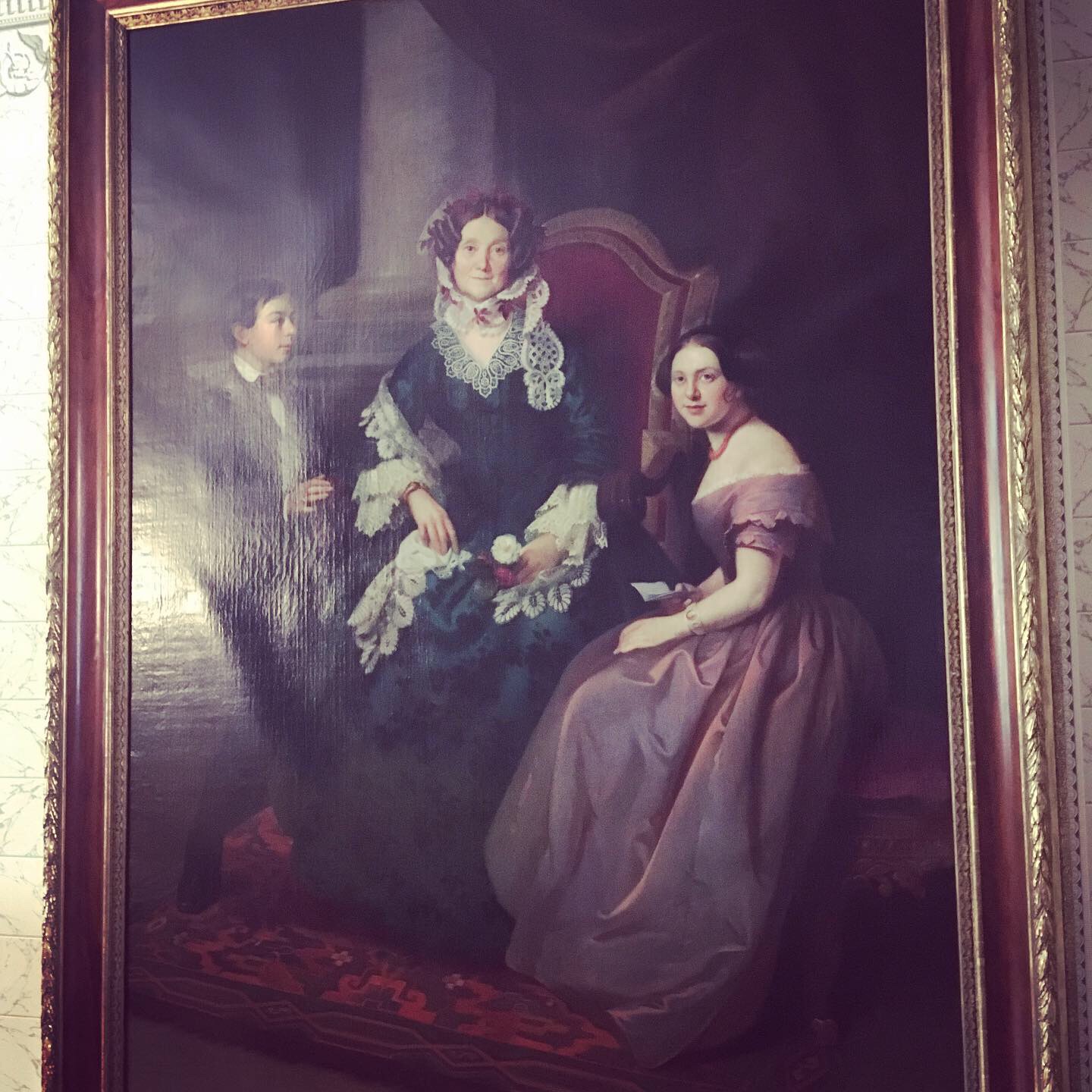My day at Liebman's • Mordecai Walfish
/Liebman’s Deli
October 15th • The Bronx
There are delis in New York, and then there is Liebman’s. If you could slice nostalgia into a pie and serve it warm, Liebman’s is where you’d find it. On 235th St in the Bronx, it’s a journey to get to from any other borough. A pilgrimage even. Delicious food, staff that is attentive as a Mama Bear to her cub, and clientele that ranges from longtime locals to first time tourists.
We met Mordecai Walfish when he was a resident in 2017 at Garrard Conley’s Pulse of Narrative writing retreat. When he applied to the 360 residency with the pitch to write about food, his grandmother and growing up vegetarian and coming to a love of meat, we knew we had to pair him with an iconic Jewish deli. But which one? Katz’s? 2nd Ave Deli? They have their merits and their share of acclaim. Liebman’s is a little lesser known but no less worthy, like a National Park that not everyone has visited but is just as stellar.
Mordecai spent the day there in residence. Here is his reflection:
There is an old Yiddish folk song called Bulbes that lovingly pokes fun at the Eastern European Jew’s overdependence on the potato. The song goes something like…
Sunday -- potatoes
Monday -- potatoes
Tuesday and Wednesday -- potatoes
Thursday and Friday potatoes
But on Shabbes something special
A potato kugel!
And Sunday – and so on – potatoes
Growing up in a militant vegetarian house, I wondered what – besides potatoes - my family would have eaten in pre-tofu Eastern Europe. Would we prioritize values or nourishment?
In fact, roasted potatoes were a staple at our Shabbat Dinners growing up and boiled potatoes played a role at every Passover seder. We would eat them during the Karpas part of the seder experience, usually reserved for leafy green vegetables. My parents would joke that we would eat potatoes in honor of our Eastern European ancestors. Truth is we also ate them to fill ourselves up and gird ourselves for the 5 hours of pre-dinner, Passover storytelling ahead of us, with our beloved Matzo ball soup waiting for us at the other side of that experience.
In our house, food played a lot of different roles.
Food as ritual
Food as nourishment
Food as “tiding you over”
Food as an expression of values
Food as connection
Food as family time
Perhaps fittingly, I began my day of writing in residency at Liebman’s Deli through the Holes in the Wall Collective 360 Residency, with a fried Potato knish, a delicious and crispy appetizer just unhealthy enough to never have made an appearance in my childhood home.
Once I had mustered some post-knish hunger, I ordered a warm and savory bowl of Matzo ball soup. Like the soup of my childhood, my focus was entirely on the ball itself which I saved for last. Unlike the soup of my childhood, this had a chicken broth base which made the ball come alive in a whole new way for me. As in writing, so too in food – sometimes the broth – the container, the holding space – fundamentally changes the experience and opens you up to new possibilities.
Since coming out to my family and the world as a non-vegetarian, food has taken on additional roles for me.
Food as transgression
Food as listening to my body
Food as actualizing my possibility
Food as queerness
Food as fullness
Food as the real thing
Food as individuation from my family
I spent the better of the day writing about my family history, while nursing a massive, layered pastrami sandwich. While chewing on this never-ending sandwich, I wrote about “Cousin Stan,” a first-cousin of my grandfather who I discovered last year on Ancestry.com and connected with briefly, though never in person, before he unexpectedly died a few months later. The story has left me with gaping holes, open questions and missed opportunities. But instead of approaching this story through hunger and absence, I strived to bring to bear the abundance and generosity of the pastrami into telling this story.
In my parent’s house, meat was the forbidden fruit, but the house full of meat simulations. Monday night dinner was tofu “steaks,” Tuesday night dinner was spaghetti with tofu “Bolognese,” Wednesday was soy chicken nuggets and so on. I was sent to school with soy pastrami and was inevitably hungry even after ingesting this strange attempt at food. All I could taste was the simulation.
I wonder what my ancestors would think of my writing some family history over a pastrami sandwich. Would they be proud or confused? Depends who you ask, I suppose. We have a history in my family of disappointing our parents, often through food. My grandmother was not impressed with my mom’s choice to become a vegetarian. As a Holocaust survivor who spent the war years subsisting on little more than potato peels and stale bread, the idea that her daughter would intentionally deny herself essential nutrients was beyond ridiculous and unacceptable. When, following the birth of her first child, my mother suffered from a hemorrhage, her mother bullied her into eating some chicken soup to restore her strength.
That being said, she respected my mother’s choice to raise her family vegetarian and our monthly dinners at her table would include bourekas, soup, gnocchi and kugel – never any meat. When I would go visit my grandparents for a few days, I would go grocery shopping with them. I loved going to the deli shelf with my grandfather and watching him purchase kielbasa and cold cuts. But he would never pressure me to eat any of it.
I had my first real deli sandwich in 2011. It was new. It was real. It was Jewish and it was mine.
Like their parents before them, my parents were not pleased with my food choices. Meat has meant coming into myself while also separating myself from my family of origin as my parents themselves had done. And it ultimately meant asking to be loved for who I am. And receiving that love.
The owner of Liebman’s told me “ I thought you would be writing about your family’s deli history” but the truth is, Jewish delis are adjacent to my roots, rather than being central to them. My family moved to this part of the world after the heyday of the Jewish delis of the Lower East Side. My grandparents were bagel people. My parents were soy people. They would be disappointed to hear that the introduction of quinoa to the menu of Liebman’s was short-lived and unsuccessful.
In my family there are narratives of both food scarcity and food abundance. In visits to our grandmother, who now has dementia, one of her most common refrains is “did you eat?” (the answer is always yes). There are also those in my family who fear having too much food, lest it go bad (which manifests in under-purchasing of food) and those who fear not having enough or eating the wrong thing.
Some of us eat quickly so that our body fills up in haste, some of us eat slowly, wanting to savor every bite.
My day at Liebman’s reminded me that food is about equal parts anticipation and taste; choice and possibility. Food is the most regular thing, but can also be the most exceptional.
To me, the anticipation, that watering of the mouth is often the best part. It’s full of desire, the tastiest feeling of all. At Liebman’s, food is clearly about family and connection, which permeates through every interaction with the Liebman’s staff, every morsel and every customer who sat down for a meal.
It was a joy to see the diversity of customers who broke bread together at Liebman’s. In so many cases, different generations dined together, raving about the food and talking about what they had in common. It reminded me of so many of our family’s shared, happy meals. What we shared in that moment, was more important than our different experiences with food. What mattered most was that we were together, nourishing each other with love first and foremost.
Liebman’s Delicatessen is located in the Bronx – 552 W. 235th St. (Johnson Ave.)
Give them a visit in person. Vegetarians welcome too.
liebmansdeli.com
Afterthoughts:
Liebman’s is the kind of place you want to wrap yourself in and tell yourself it used to all be like that. But truth is- not everything used to be that way. It’s just that the things that last that are good feel all the more valuable. It should be noted that Liebman’s treated us and Mordecai to all our delicious fare. Not because they had to, but because real generosity comes when you have pride in what you do, and when it’s something you actually want to give. In a day and age where even the UN is telling us we should all be vegan to save the planet, and there are true merits to eating less or no meat, another side of saving humanity might be a Pastrami sandwich that is first brined, then seasoned, then smoked, then steamed. When care goes into food like that, especially meat, it brings some honor to the time taken to do something worth doing.
On rye of course. With mustard and pickles.












